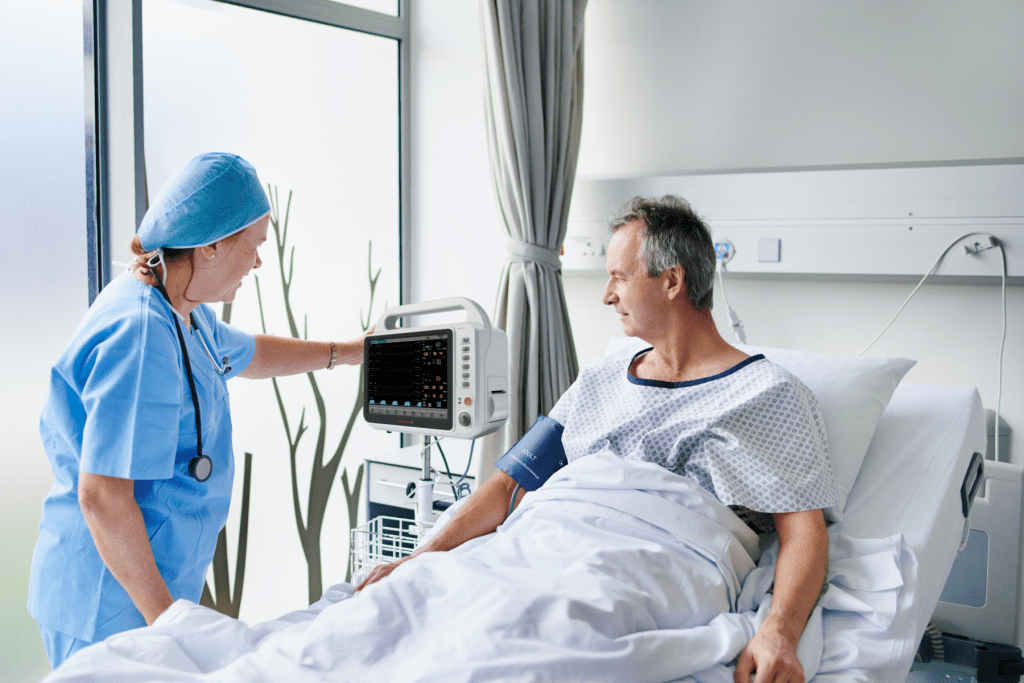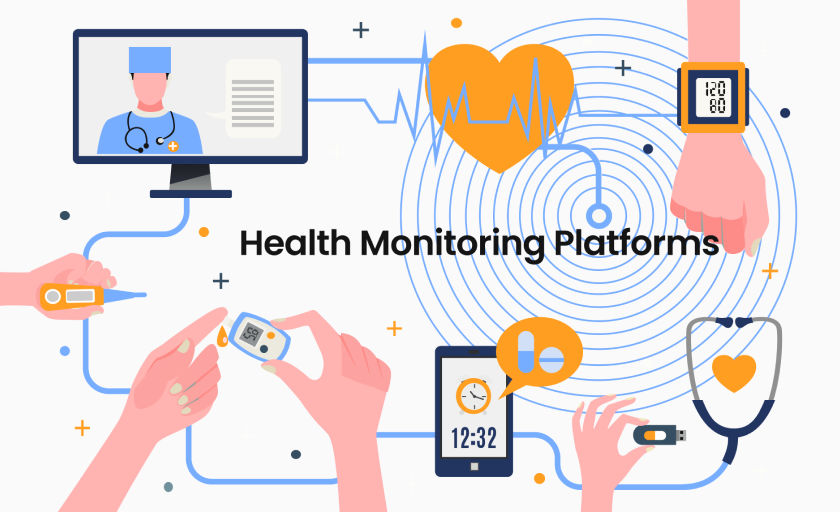The endless role of vital signs monitor in emergency care: better preparedness and faster timing in emergency situations

The endless role of vital signs monitor in emergency care: better preparedness and faster timing in emergency situations.
1. Introduction:
Vital signs monitor is known as a very important tool in emergency care. This article examines the endless role of vital signs monitors in improving the preparedness of emergency teams and increasing the speed of timing in dealing with emergency situations.

2. Speed in vital measurement:
Vital sign monitors, by improving measurement technology, allow emergency teams to quickly and accurately measure patients’ vital information and start immediate treatment.
3. Immediate communication with the medical team:
Connecting monitors directly to medical information systems facilitates faster scheduling of medical interventions. This communication allows emergency physicians to quickly make the right decisions and help patients in emergency situations.
4. Optimum training on the use of monitors:
Proper training and education of emergency teams to optimally use information from vital signs monitors improves response time. These trainings allow teams to respond to patients with greater speed and effectiveness.
5. Prevention of delays in diagnosis:
The use of vital signs monitors in emergency care gives doctors the ability to quickly detect any sudden changes in the patient’s condition and take the necessary actions immediately, this prevents possible delays in diagnosis.
6. Better preparation of emergency teams:
The use of vital sign monitors allows emergency teams to prepare better and more for different emergency situations and reach the incident quickly.
7. Using critical data for analysis and improvement:
Vital sign monitors provide stored vital information that can be used to analyze the performance of emergency teams and improve processes and schedules.

Conclusion:
Vital signs monitors play a vital role as an endless tool in emergency care. By providing accurate and up-to-date vital information, these tools increase the better preparedness of emergency teams and allow doctors to make faster decisions in intensive situations. Artificial intelligence helps improve timing and more effective decision-making in emergency situations, and portable, lightweight monitors typically perform better in acute situations. By adding additional equipment and proper training, optimal use of this technology becomes possible in emergency situations. However, there are challenges such as endurance in harsh conditions and financial resources and human resource allocation as important challenges for the effective implementation of this technology. In general, efforts to improve vital sign monitors and promote their use in emergency situations are very important in improving patient outcomes and increasing the productivity of medical teams.